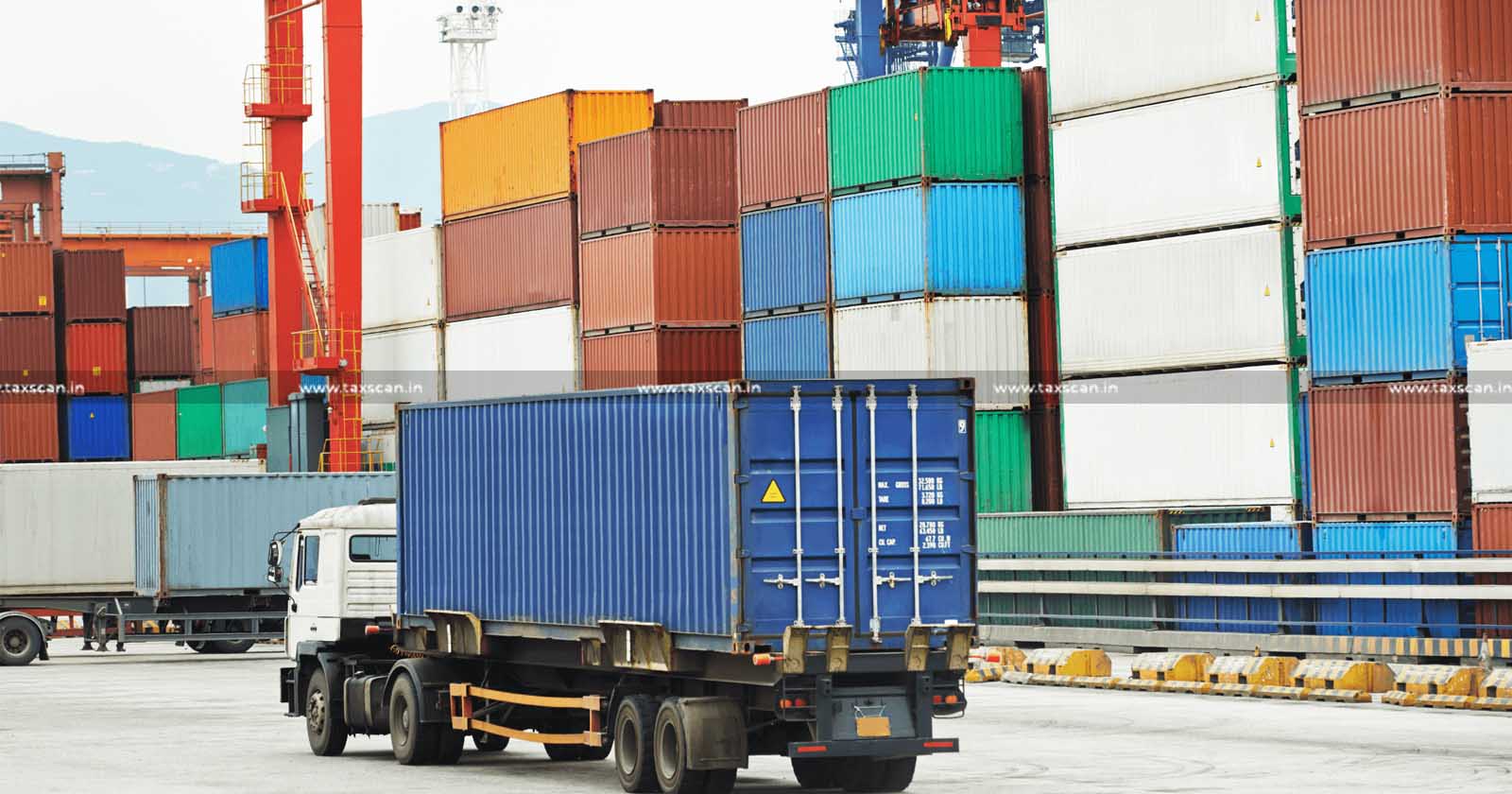Central Govt notifies extension of FCM Opt-in for GTAs [Read Notification]

Central – Govt – notifies – extension – FCM – Opt – in – for – GTAs – TAXSCAN
Central – Govt – notifies – extension – FCM – Opt – in – for – GTAs – TAXSCAN
The Central Government has notified an extension for the option given to Goods Transport Authorities (GTA) to opt-in to Forward Charge Mechanism (FCM) under the provisions of Goods and Services Tax Act, 2017.
The notification published in the gazette stated as, "Provided also that the option for the Financial Year 2023-2024 shall be exercised on or before the 31st May, 2023:
Provided also that a GTA who commences new business or crosses threshold for registration during any Financial Year, may exercise the option to itself pay GST on the services supplied by it during that Financial Year by making a declaration in Annexure V before the expiry of forty-five days from the date of applying for GST registration or one month from the date of obtaining registration whichever is later.".
This allows new GTAs which commenced business newly or crossed the threshold for Goods and Services Tax (GST) registration to pay Goods and Services Tax (GST) on supply of services by the Forward Charge Mechanism (FCM) instead of Reverse Charge Mechanism or RCM. This is available to both Central and Integrated Goods and Services Tax Payers (CGST & IGST)
The forward charge mechanism is the traditional method of tax collection, in which the supplier of goods or services collects the tax from the buyer and remits it to the government. In this mechanism, the supplier adds the tax amount to the price of the goods or services and then charges the total amount to the buyer. The supplier is responsible for collecting the tax and remitting it to the government.
On the other hand, the reverse charge mechanism is a method of tax collection in which the buyer of goods or services is responsible for paying the tax directly to the government. In this mechanism, the supplier does not collect the tax from the buyer, and the buyer is responsible for calculating and paying the tax to the government. The reverse charge mechanism is typically used in situations where the supplier is not based in the same country as the buyer, or when the supplier is a small business and it is not practical to require them to collect the tax. In summary, the key difference between the forward charge mechanism and the reverse charge mechanism is that in the former, the supplier collects and remits the tax to the government, while in the latter, the buyer is responsible for paying the tax directly to the government
To Read the full text of the Order CLICK HERE
Support our journalism by subscribing to Taxscan premium. Follow us on Telegram for quick updates


